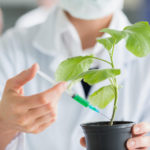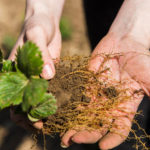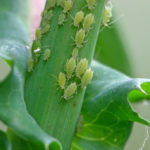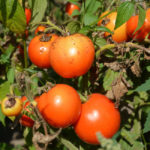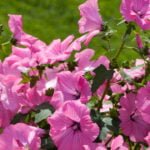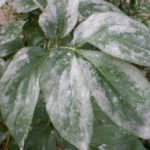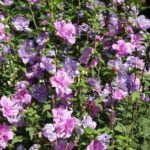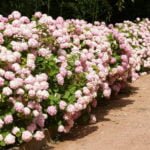Man bears the honorary title of “crown of creation”. And not because he has a developed hand with a spaced thumb, he mastered the upright and has a coherent speech. And because of all the creations of God, he was not satisfied with what he received, but began to delve into the essence, tried to understand and use for his own purposes all the processes surrounding him.
Chemical intermediaries
Regulating substances of plants — plant hormones — produced by the green body. But unlike animals, plants do not have specific organs that produce these physiologically active substances — hormones appear in the growing part of shoots, roots, leaves, seeds.
From seed to fruit
Phytohormones are formed in very small quantities, but play a crucial role in the growth and development of the plant. Produced in one part of the plant, these substances are usually transferred to other. By acting on susceptible cells, they cause physiological changes.
From seed germination to fruit ripening — everything is subject to the coordinating action of chemical mediators. For the first time suggested that plants produce certain substances that stimulate certain processes, even Charles Darwin. In his work “On the ability of plants to move” in 1880, he wrote that a chemical compound is formed at the top of the shoot, which leads to the bending of the stem, for example, when the plant lacks light.
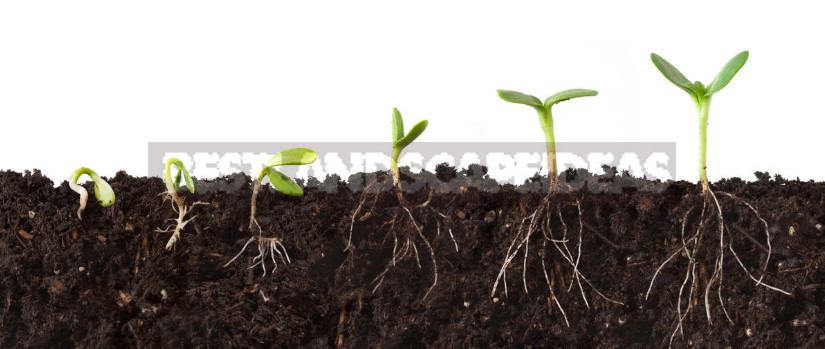
The main discoveries in the field of plant hormones were made in the first decades of the twentieth century. D. N. Nelyubov discovered the effect on the maturation of ethylene fruits, and R. Gein proved that this gas is produced in small doses by the plant itself. Investigating the causes of the “disease of bad shoots” — stretching and weakening of the stems of rice, Japanese scientists E. Kurosawa and T. Yabuta discovered gibberellins. The Dutchman F. Size and American K. V. transport to Germany has allocated indoleacetic acid which is a part of auxin.

Among the hormones are stimulators (encourage the growth) and their antagonism inhibitors (stops growth). And most often they act in pairs: depending on the phase of development of the plant and the state of the environment, one of the hormones gives rise to any process, and after performing the function, the inhibitor enters into action and inhibits it. The concentration of phytohormones in the green body is unstable, and at different times the number of unique substances decreases, while others, on the contrary, increases.
The main phytohormones
The division of plant hormones into five main groups is accepted. Their chemical composition may vary depending on the type of plant, so the substances are classified according to the principle of action.
Auxins
Auxins affect cell growth. Under the action of indolylacetic acid is their differentiation. Most of this hormone is found in the tops of shoots and tips of the roots, kidneys and ovaries. It auxins initiate root formation. In the leaves, the maximum amount of this substance is observed before flowering.
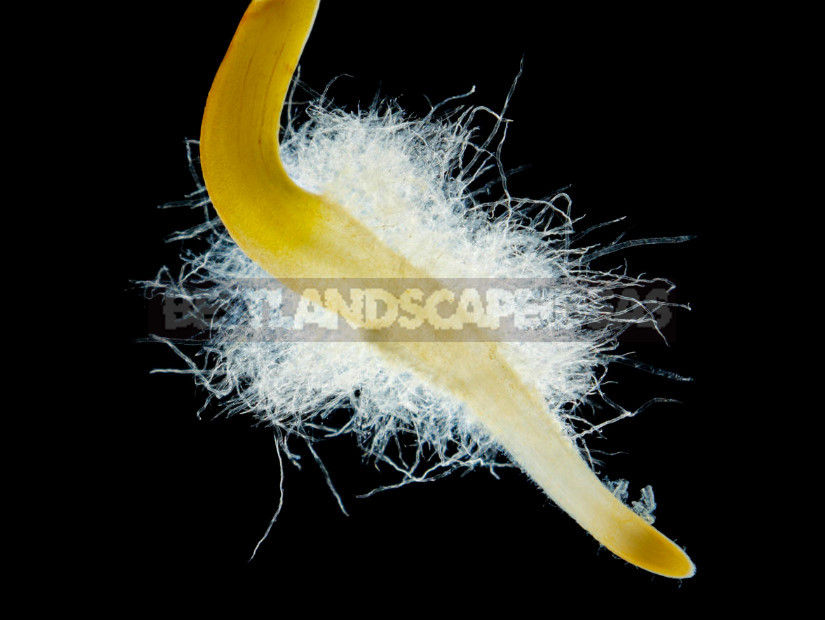
Auxins “manage the supply” throughout the body of the plant — they regulate the flow of water and nutrients, as well as distribute them. There is a concentration of this plant hormone, is heading a high-calorie diet.
Why is the fastest growing is the upper kidney of the plant? “Blame” only the Auxin. Giving the “green light” apical shoot, this hormone simultaneously inhibits the development of lateral.
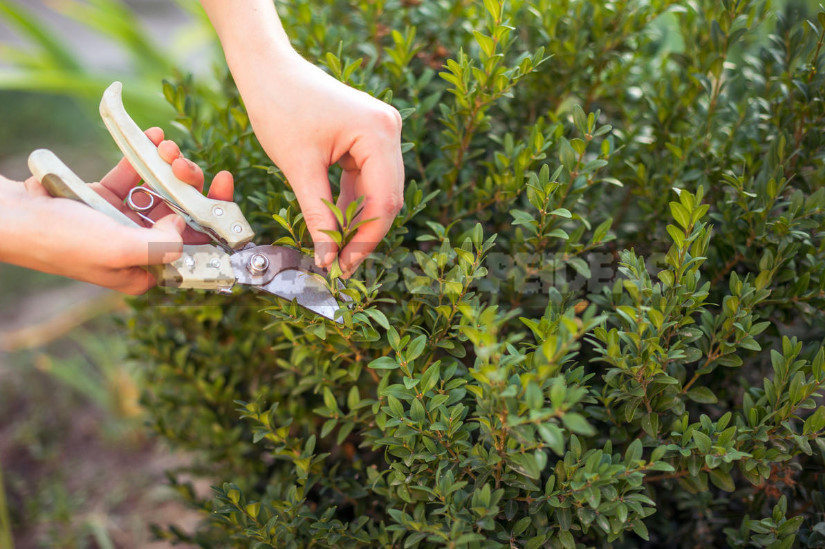
But often one is dominant escape the person does not need. He comes into the garden and pinches it. And after five hours, the concentration of auxin in the sleeping kidneys increases four times, causing them to Wake up.
Gibberellins
Gibberellins remove the seed from rest. When the seed membranes are saturated with water, the embryo begins to synthesize and secrete gibberellin.
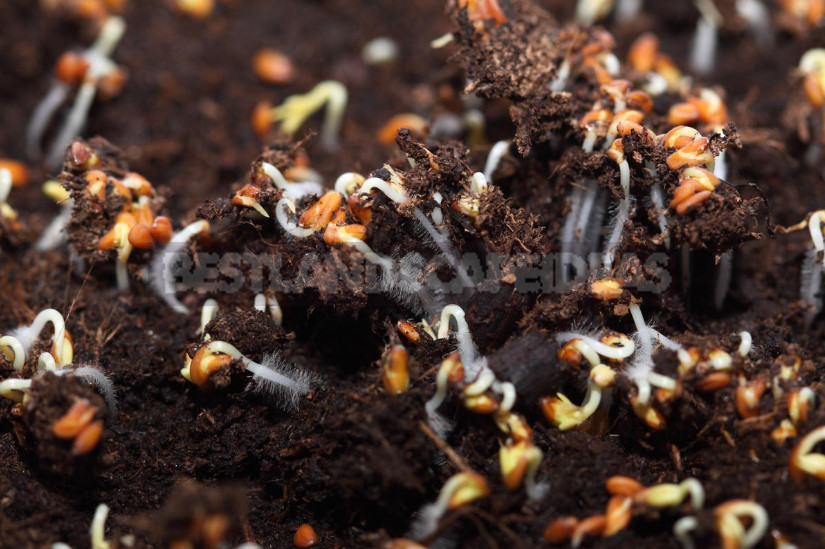
This hormone forces the plant to grow: if auxins affect the stretching of cells, the gibberellins make them hard to share. Gibberellin regulates the process of photosynthesis and accumulation of nutrients by the green body.
Scientists from different countries are studying the rare phenomenon — the phenomenon of gigantism, which occurs in the flora of the Kurile Islands, mountains Roodsari in Africa and some other areas of the Earth. Not so long ago it was concluded that the monstrous growth is associated with a special influence of climatic and soil factors in these areas, increasing the production of plants “growth hormone”.

Cytokinins
This group of hormones has a very wide effect on cell stretching and on the process of division. The action of cytokinins is associated with the current concentration of auxins, and in different situations, these substances can be “allies” and “enemies”.
Especially interesting is the effect of this class of hormones on the last stage of cell division. Cytokinins prevent leaf aging (which is important for leafy vegetables, such as salads), help to increase plant resistance during drought or frost, as well as recovery and rejuvenation after transplantation.
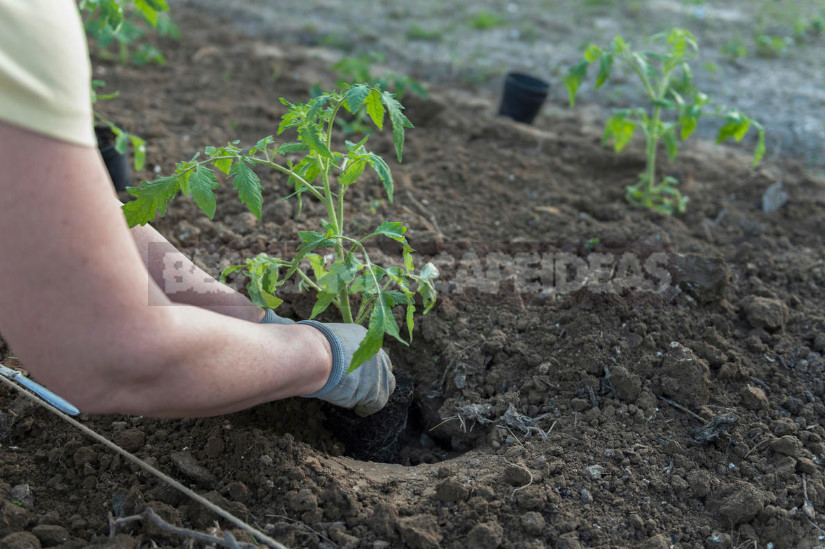
In addition to the above, a major role in the life of plants play and other hormones, for example, ethylene and brassinosteroids. Of course, this classification is simplified and schematic. The plant is a complex organism, and at various stages of its development different phytohormones are switched on and off, acting separately, then simultaneously.
The result is also influenced by the concentration of the substance. Thus, depending on this cytokinins prevent cell aging in one case and lead to their death in another. In addition to substances that stimulate growth and development, there are inhibitors that inhibit the processes. To hormones, inhibiting growth, include abscisic acid.
Unused resources
Plants, like other living organisms, do not use all the resources inherent in nature for their lives. According to the calculations of scientists with the right approach from any vegetable can achieve an increase in yield of not less than 40%. Why do they save and do not grow at full capacity?
This resource reserve is needed by the plant body just in case. This is similar to how a person in a life-threatening situation can both jump higher and raise more than usual. In humans, this is due to the release of adrenal glands on the signal of the brain adrenaline and norepinephrine — hormones that increase heart rate, accelerate blood supply to organs that slow down secondary functions at the time of danger (for example, digestion) and directing all forces into the muscles. And plant in a situation that threatens him with death, may lead to additional funds.
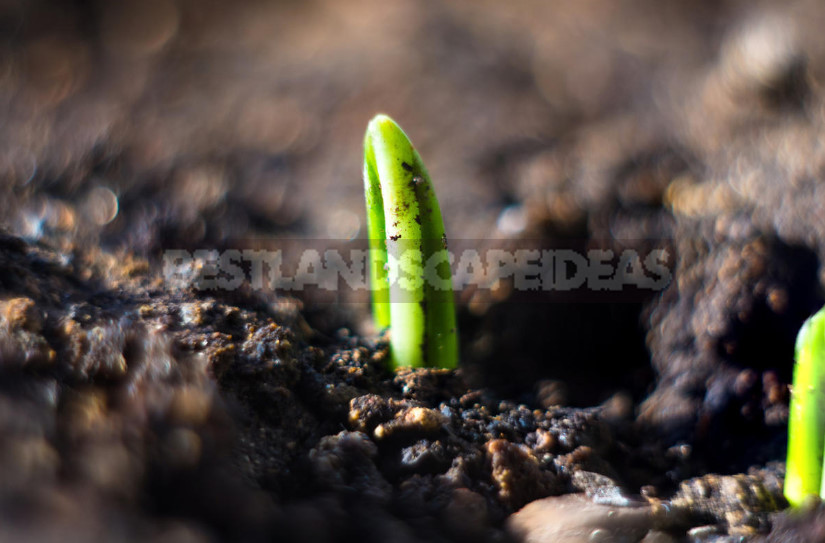
Consider the simplest example. Not all eyes grow in the potato tuber, most often only the apical ones. As we have already understood, this is due to the action of the hormone auxin, which spurs their development, inhibiting the rest. If the sprout leader dies for some reason, the hormones will activate the germination of dormant kidneys.
You can deceive the plant in favor of the gardener, depriving the tuber of the dominant sprout, removing it, or cutting the potato into pieces. Then Wake up and those who were in stock and was not going to grow.
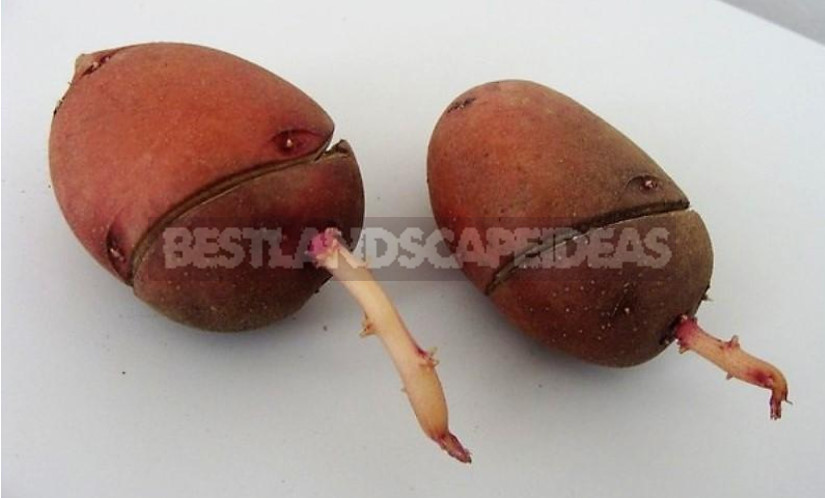
Removal of the germ-leader will stop hormonal suppression of lateral shoots. Division of the tuber we are seeking to ensure that the lower (remaining without a top) part will perceive themselves as a separate plant, which killed the dominant escape, and cuts on the tuber will interrupt the pathways of the hormone in from the top of the sprout. As a result, the number of sprouted eyes will increase, which means that new tubers will be formed.

